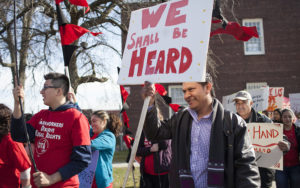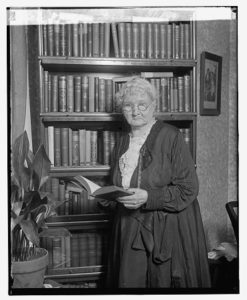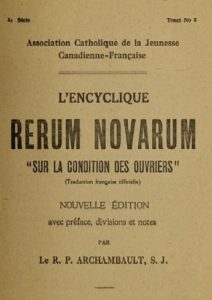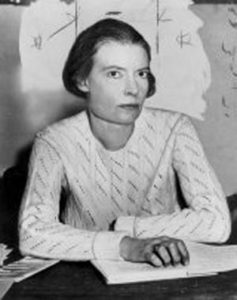The Working Catholic: Urban Decline?
by Bill Droel
It wasn’t so traumatic here when in the 1980s Los Angeles overtook Chicago, until then the Second City, in population. Last month, however, demographers caused a stir in Chicago; predicting that soon Houston will be the Third City, while Chicago will drop to number four. Ouch.
The city of Chicago lost about 2,890 residents between 2014 and 2015. Our entire metro region lost an estimated 6,263 residents in the same time period. Meanwhile, Houston had the second-largest increase, gaining 40,032 residents.
Many people are not aware that the black migration to our city is long over. In fact, blacks in a steady stream have moved from here to Atlanta, Birmingham and elsewhere in the South over the past several years. Nor are Mexican-American arrivals offsetting any exodus from Chicago. Actually, the plateau for migration from Mexico to Chicago was reached in about 2005.
In itself, Chicago’s modest population decline is neither here nor there. It is worrisome, however, when tied to several perceptions: That violent crime gravely affects public health; that public schools are incapable of adequately educating young people; that our police prejudicially administer the law; that the Catholic church is abandoning the neighborhoods with which it was once synonymous; that our mayor is more interested in Obi-Wan Kenobi and R2-D2 than he is in working-class families; that our governor wants to destroy charitable groups; that the Democratic Machine does not deliver services but only enriches a few well-healed families; and that business is fleeing our city and state.
Are these perceptions accurate? Are there countertrends to those trumpeted by the prophets of doom?
Mike Gecan of the Industrial Areas Foundation (www.industrialareasfoundation.org) spoke last month to leaders of Chicago’s Episcopal Community Services. The IAF was founded in Chicago in 1940, but now has headquarters in the District of Columbia. Gecan drew attention to similarities and differences between the New York City of the late 1970s and 1980s and Chicago today.
New York then and Chicago, both then and now, are “crippled by federally subsidized suburbanization and by the loss of their manufacturing base,” Gecan began. Both cities “saw decades of white flight… Both regions overspent when times seemed good–pouring millions and even billions into service programs, wages, and benefits and showering tax breaks and other subsidies on corporations and insiders.” Charitable agencies in both places became “dependent on what seemed like an unending flow of public money,” he continued. “Both had deep-seated cultures of corruption in their political spheres–New York mostly at the state level, Chicago and Illinois at many levels.” Finally, “both resorted to gimmicks and one-offs to plug holes.” Things like “sports venues, tourist attractions, sales of public assets, and more.” (The Working Catholic will develop this point in a subsequent blog.)
Gecan began “the differences” portion of his talk by recalling a famous October 1975 N.Y. Daily News headline: President Gerald “Ford to City: Drop Dead.” New York was at its low point with only one lifeline left: a federal bailout. When it didn’t materialize, Gecan said, new leadership emerged from all three sectors–private, public and third or civic sector. “A union leader named Victor Gotbaum (of ASFCME), an investment banker named Felix Rohatyn, young professionals like Donna Shalala and Peter Goldmark, a governor named Hugh Carey, and many more moved to the center. Union pension funds were put at risk to shore up the credit rating of the city. A Financial Control Board was put in place to strictly monitor city finances for ten years… Accountability and painful belt-tightening were imposed on the financial life of the city. Groups in the third sector realized that, going forward, they could no longer rely so heavily on public support and figured out new ways to staff and address programs. A fierce public transit advocate named Marcy Benstock led an effort to block a proposed West Side Highway… A start-up affordable housing finance group named CPC began renovating apartments in Washington Heights and Inwood. And our [Industrial Area’s group] EBC announced its intention to build 5,000 new affordable Nehemiah homes in East Brooklyn.” With emphasis Gecan told the audience: No one asked a politician or a newspaper editor or a financial mogul for permission.
Several New York church entities “found new money” for affordable housing, the backbone of urban recovery. And, concluded Gecan, Mayor Ed Koch (1924-2013), “even when times were still tight, understood that a city is a physical place that needs major physical improvements to show people that it is moving forward.”
Before departing Chicago, Gecan left us with a question: Will enough new leaders here “have the stamina, the endurance, the physical and emotional and spiritual strength, to start what will undoubtedly be a marathon of rebuilding and renewal?”
Droel serves on the board of National Center for the Laity (PO Box 291102, Chicago, IL 60629. It distributes Gecan’s book: After America’s Midlife Crisis; $6 includes postage.)







